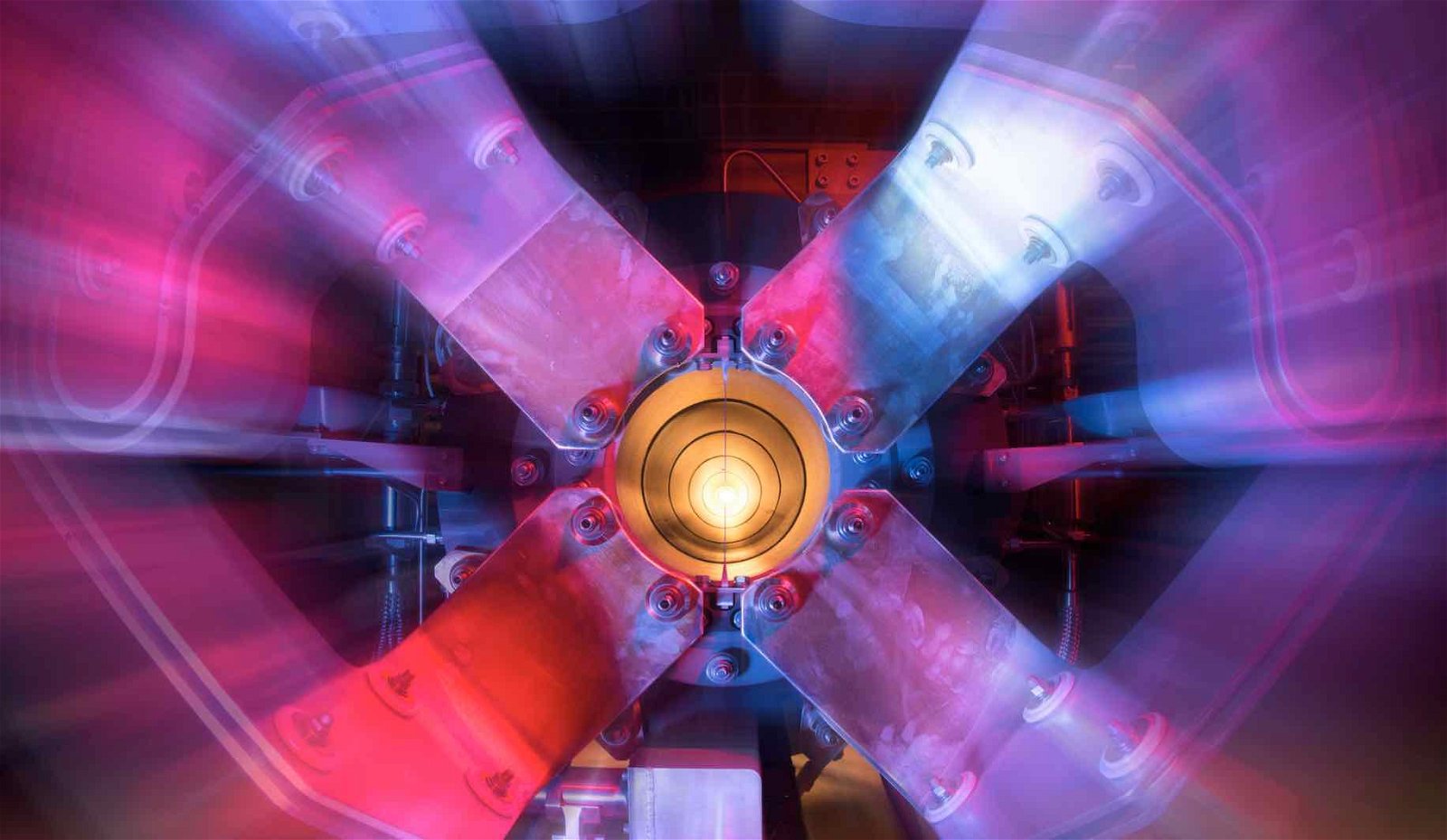For the first time, scientists with an international experimental group say they have uncovered a new method of studying the components within the nucleus of atoms, using a novel method involving mysterious “ghost particles” known for the rarity of their interactions with matter.
Once considered impossible, the achievement was made by physicists at the University of Rochester in association with the MINERvA neutrino experiment, who now report their successful studies of the structure of protons by employing a beam of neutrinos in the journal Nature.
As far back as the 1950s, Stanford University physicists were able to measure the size of protons by using beams of electrons produced by an accelerator. However, the new research by the Rochester team focused on a similar approach, albeit one that relied on beams of neutrinos instead of electrons.
With no electrical charge and almost no detectable mass, neutrinos have garnered the nickname “ghost particles” because of their minimal interactions with atoms. Due to their unique properties, neutrinos are also renowned for being difficult to detect, despite being among the most abundant particles known to exist in the universe.
It had been the research team’s study of neutrinos in conjunction with the MINERvA experiment that led them to stumble onto a unique method of analyzing the structure of protons, according to Tejin Cai, a York University postdoctoral research associate and Ph.D. student with the University of Rochester’s Neutrino Group.
“Scattering weakly interacting neutrinos gives the opportunity to measure both vector and axial vector form factors of the nucleon, providing an additional, complementary probe of their structure,” Cai and his coauthors write in their recent paper.
“We weren’t sure at first if it would work,” Cai said in a statement, “but we ultimately discovered we could use neutrinos to measure the size and shape of the protons that make up the nuclei of atoms.”
“It’s like using a ghost ruler to make a measurement,” says Cai, who was also lead author of the new paper published in Nature.
Kevin McFarland, the Dr. Steven Chu Professor in Physics at Rochester University, called the new method a “very indirect way of measuring something.” However, he says that the team’s approach “allows us to relate the structure of an object—in this case, a proton—to how many deflections we see in different angles.”
The Rochester team is quick to point out that although their new technique involving the use of neutrinos offers no clearer imagery of proton structure than past efforts relying on electron beams, the benefit to their new methodology is that it allows physicists a unique opportunity to gauge interactions that occur between the “ghost particles” and protons.
Previously, such information could only be inferred indirectly through theoretical models combined with other measurements. Cai, McFarland, and the team hope that the new technique will help to facilitate future studies where the effects involving neutrino scattering on protons can be separated from similar phenomena related to neutrino scattering that occurs at the atomic level.
As the authors conclude in their paper, “the tools developed for this analysis and the result presented are substantial advancements in our capabilities to understand the nucleon structure in the weak sector, and also help the current and future neutrino oscillation experiments to better constrain neutrino interaction models. Specifically, the team now hopes to use the technique to separate the effects related to neutrino scattering on protons from the effects related to neutrino scattering on atomic nuclei, which involves bound collections of protons and neutrons.
“Because our measurement is unambiguously a measurement of this other description of the proton’s shape that the ‘axial vector form factor’ provides, it can now be used to predict other processes,” McFarland told The Debrief, which includes the results of neutrinos scattering from neutrons, or possibly even neutrinos or antineutrinos scattering against the bound protons and neutrons within an atom’s nucleus.
“The latter requires models of how those protons and neutrons are bound to work,” McFarland says, “but at least now data on those effects cannot be convoluted by the possibility that what we actually have wrong is the part that comes from the scattering on free protons or neutrons.”
“By using our new measurement to improve our understanding of these nuclear effects,” McFarland added in a recent statement, “we will better be able to carry out future measurements of neutrino properties.”
The team’s paper, “Measurement of the axial vector form factor from antineutrino–proton scattering,” was published in Nature on February 1, 2023.
This article was updated on 2/7/23 to include additional quotes from Dr. Kevin McFarland about the Rochester team’s research.
Micah Hanks is Editor-in-Chief and Co-Founder of The Debrief. Follow his work at micahhanks.com and on Twitter: @MicahHanks.

